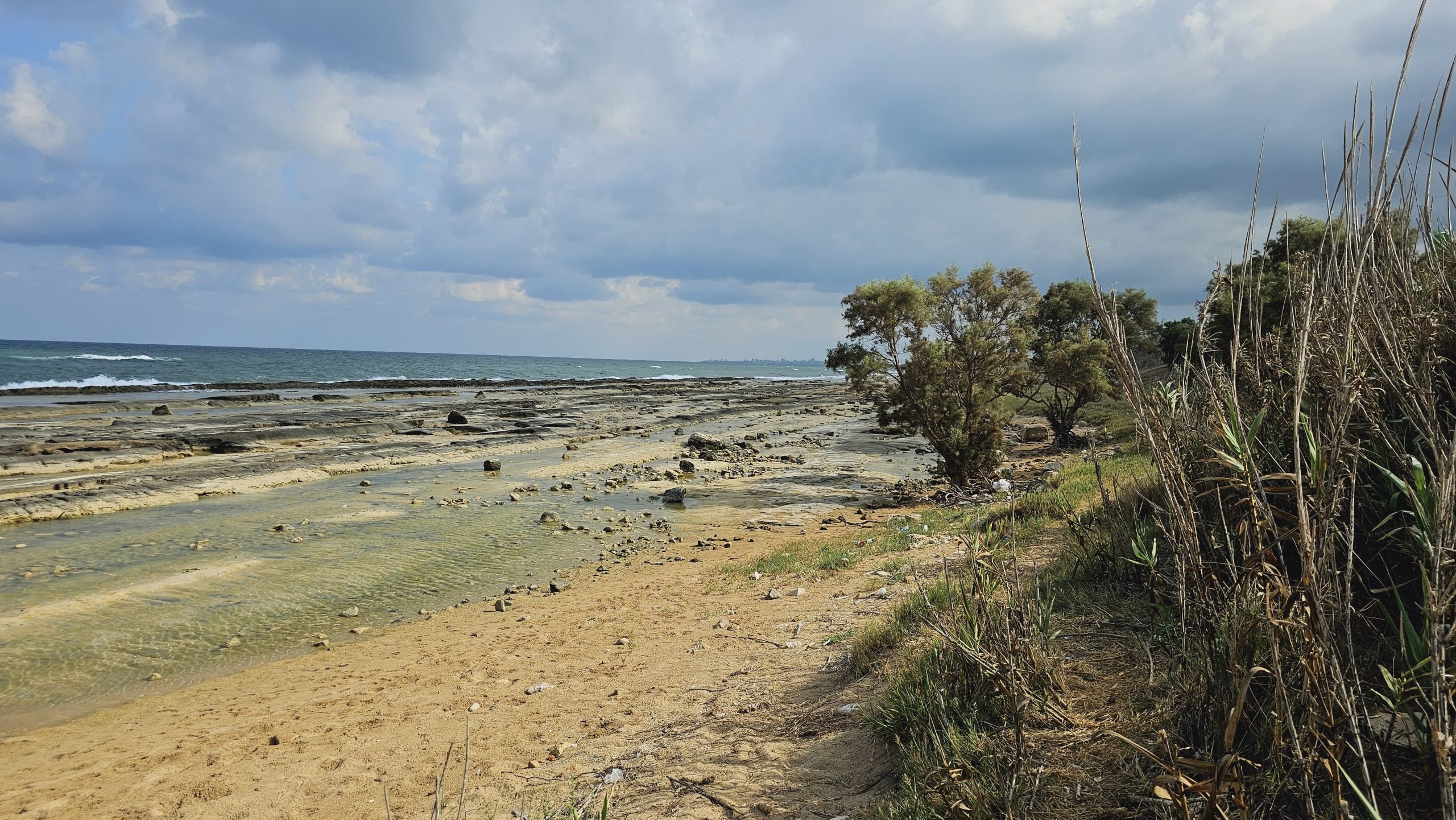

Among the golden dunes and soft sands of Mansouri Beach in South Lebanon, a rare and elegant flower emerges in late summer — the Sea Daffodil (Pancratium maritimum). With its pure white star-shaped petals and delicate fragrance, this coastal lily is a symbol of Mediterranean resilience.
The Sea Daffodil thrives in harsh conditions — salty winds, shifting sands, and high summer heat — making it one of the few plant species adapted to life on Lebanon’s shrinking sandy beaches. At Mansouri, a designated Hima site and vital marine turtle nesting ground, this flower adds both ecological and cultural value to the fragile habitat.

Blooming typically between August and September, the Sea Daffodil grows directly from bulbs buried deep beneath the sand, anchoring dunes and helping prevent erosion. It is pollinated mostly by nocturnal insects, such as hawk moths, drawn to its sweet nighttime scent.
But this plant’s beauty masks its vulnerability. The Sea Daffodil is classified as near threatened in many regions due to:
Coastal development
Beach trampling
Vehicle traffic
Sand mining
Its survival depends heavily on local conservation efforts — like those at Mansouri Beach — which aim to preserve what remains of Lebanon’s natural coastal flora and fauna.
Letting this flower bloom undisturbed is not only an act of protection — it’s a gesture of respect for the Mediterranean’s natural legacy.
The Sea Daffodil (Pancratium maritimum) is a rare and fragrant white flower that grows on Mediterranean sandy beaches. It blooms in late summer and is specially adapted to survive extreme coastal conditions like heat, wind, and salt. Its presence at Mansouri Beach is a sign of a healthy and relatively undisturbed dune ecosystem.
The Sea Daffodil is threatened by coastal development, sand removal, trampling, and pollution. To protect it, beaches like Mansouri are managed as Hima conservation areas, where public awareness, restricted vehicle access, and habitat preservation help ensure this unique plant can continue to bloom each year.